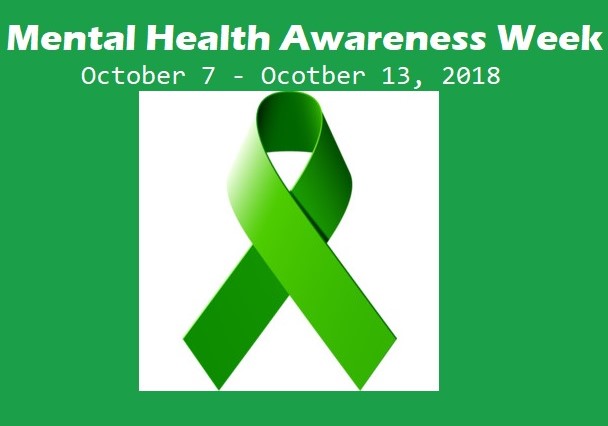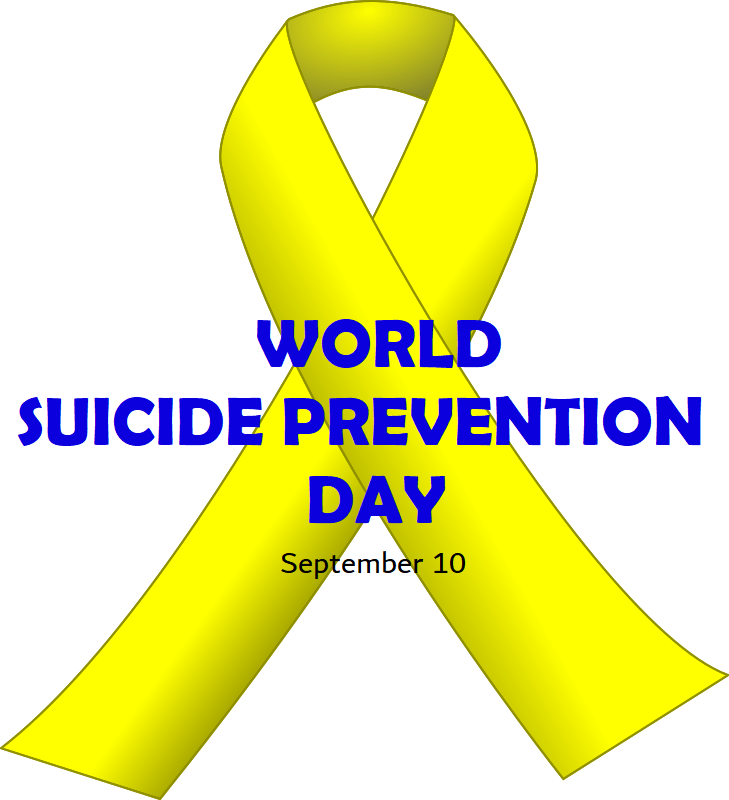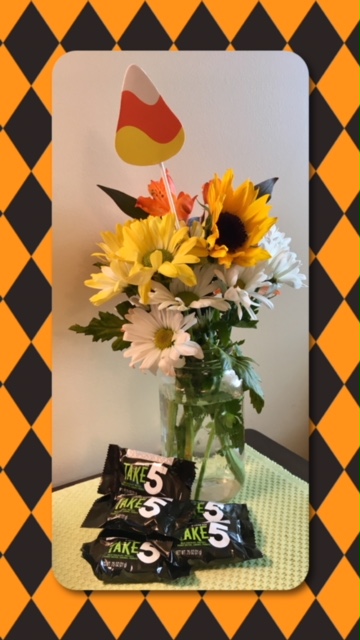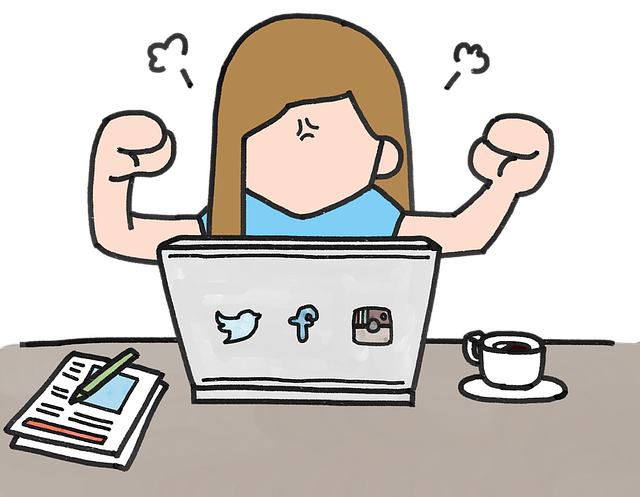
5 years ago · Leah Fogt · 0 comments
Narcan Basics
Substance Use Disorders and overdose deaths have reached frighteningly high rates in recent years and are sky rocketing in the Dayton and Cincinnati regions. Opioids are one of the more frequently used and abused drugs in the country, to such a degree that in October 2017 the President declared the opioid overdose problem a Public Health Emergency.
What is an opioid?
 There are three types of opioids: natural opioids (also called opiates), semi-synthetic opioids, and synthetic opioids. Natural opioids are derived from the opium poppy plant and are commonly prescribed by physicians for pain relief. These include medications like morphine and codeine. Semi-synthetic opioids are natural opioids that have chemically been altered or modified, and they are sometimes combined with other medications. For example, the pain killer Percocet is a combination of the semi-synthetic opioid Oxycodone combined with Acetaminophen (the same thing as Tylenol). Other examples of semi-synthetic opioids include Roxicet, hydrocodone, oxycodone, and hydromorphone. Heroin is also a semi-synthetic opioid. Synthetic opioids are known to have opiate-like effects (meaning they mimic the effects of drugs like morphine or codeine). They provide pain relief and sedation but with significant risks as they are more potent. Examples of synthetic opioids include fentanyl, carfentanil, and acetyl-fentanyl.
There are three types of opioids: natural opioids (also called opiates), semi-synthetic opioids, and synthetic opioids. Natural opioids are derived from the opium poppy plant and are commonly prescribed by physicians for pain relief. These include medications like morphine and codeine. Semi-synthetic opioids are natural opioids that have chemically been altered or modified, and they are sometimes combined with other medications. For example, the pain killer Percocet is a combination of the semi-synthetic opioid Oxycodone combined with Acetaminophen (the same thing as Tylenol). Other examples of semi-synthetic opioids include Roxicet, hydrocodone, oxycodone, and hydromorphone. Heroin is also a semi-synthetic opioid. Synthetic opioids are known to have opiate-like effects (meaning they mimic the effects of drugs like morphine or codeine). They provide pain relief and sedation but with significant risks as they are more potent. Examples of synthetic opioids include fentanyl, carfentanil, and acetyl-fentanyl.
As all types of opioids can be abused, but the drug traffickers are increasingly cutting heroin with cheaper and stronger synthetics like fentanyl – a highly dangerous combination contributing to recent spikes in overdoses.
An important thing to consider: Not all overdoses result from intentional drug abuse. Many people are prescribed pain killers after an injury or surgery, and many work with a physician who specializes in management of chronic pain. It is not impossible for an individual to accidentally overdose by confusing when or which medications they have or have not taken. This risk is especially a concern for older adults who tend to take more medications. Monitor your loved ones closely, especially those who can sometimes struggle with confusion or forgetfulness. The danger is present, regardless of the reason the individual ingested the drug.
What is Narcan?
Narcan is a brand name for the drug naloxone hydrochloride. Another common brand of the same medication is Evizio. This drug is used to temporarily the dangerous effects of overdose. It helps the individual begin breathing again and restore consciousness. Many refer to Narcan as “the antidote for overdose.”
Narcan is typically administered by injection or by nasal spray.


The side effects of Narcan are very rare, and the potential benefit of the drug typically trumps the risk of side effects, as individuals who have overdosed on opioids typically die without intervention. Some of the potential (though again rare) side effects include unconsciousness and withdrawal symptoms (e.g. body aches, irritability, diarrhea/vomiting). Life with a small likelihood of temporary discomfort far outweighs a high likelihood of death.
Obtaining Narcan
Narcan can be purchased in most pharmacies, and in most states you can purchase Narcan without a prescription. A 2015 Ohio law allows pharmacies to fill Narcan on a standing order from a physician, allowing the individuals to obtain it without a written prescription from their doctor.
Many non-profit and public agencies also make Narcan readily available. For example, I obtained a Narcan kit for free from the Hamilton Co. Board of Health. It is common for people to prefer the nasal pray delivery to the injected form of naloxone, as the nasal spray is easy to administer and doesn’t pose the challenge of working with a syringe.
Most trainings recommend having at least two doses available, as some individuals require more than one dose to halt deadly overdose reactions. Generally speaking, Narcan can be stored at room temperature, however following the manufacturer’s instructions on your specific kit is advised. Narcan does expire, in that it loses its potency, so keep track of the expiration date and replace as needed.
If administering Narcan, always always ALWAYS call 911 first!
Related Resources
- The CDC offers a plethora of helpful resources and information of the addiction crisis in America. They have an especially good fact sheet available on prevention of death by overdose.
- The Ohio Department of Health has a wonderful program called Project DAWN (Deaths Avoided With Naloxone), which is a community-based effort focusing on overdose education, distribution of and training on naloxone.
- Here is a helpful training video that gives a brief overview on administering the Narcan nasal spray:
- Your county’s mental health and addiction services board(s) will have local resources, materials, and training opportunities as well.


 Through this bold and poignant exploration of human connection in the context of contemporary society, New York Times best selling author, Bren
Through this bold and poignant exploration of human connection in the context of contemporary society, New York Times best selling author, Bren Through courage, vulnerability, honesty, civility, connection, and compassion we can live out the paradoxical way to freedom so wisely stated by Dr. Maya Angelou, and quoted by Brown:
Through courage, vulnerability, honesty, civility, connection, and compassion we can live out the paradoxical way to freedom so wisely stated by Dr. Maya Angelou, and quoted by Brown:
 Social Work Month is in March and this year’s theme is ELEVATE SOCIAL WORK. Each day, nearly 700,000 social workers nationwide work to elevate and empower others, giving them the ability to solve life’s problems, cope with personal roadblocks, and get the services they need.
Social Work Month is in March and this year’s theme is ELEVATE SOCIAL WORK. Each day, nearly 700,000 social workers nationwide work to elevate and empower others, giving them the ability to solve life’s problems, cope with personal roadblocks, and get the services they need.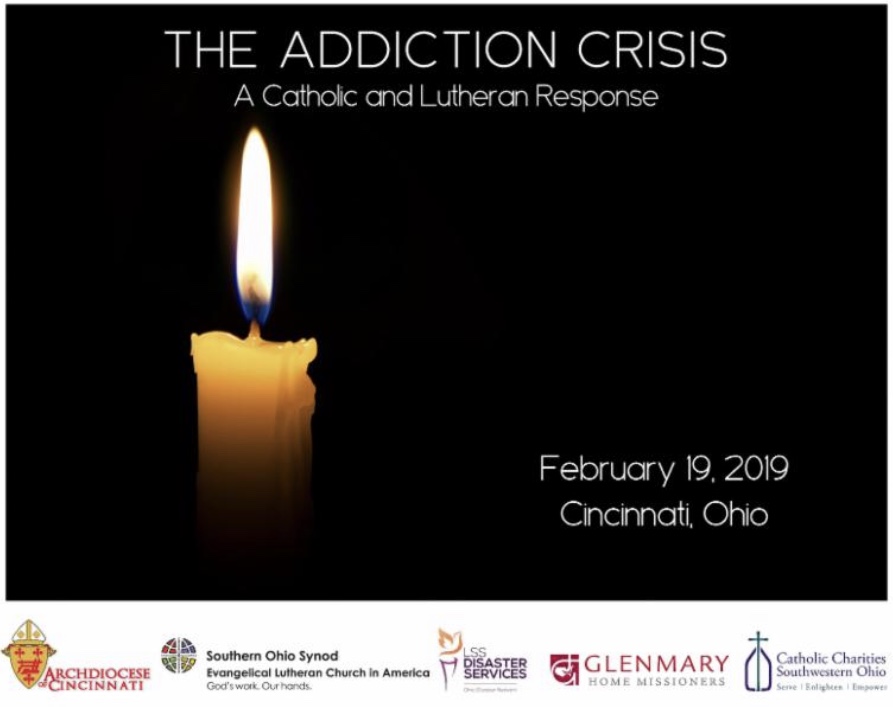




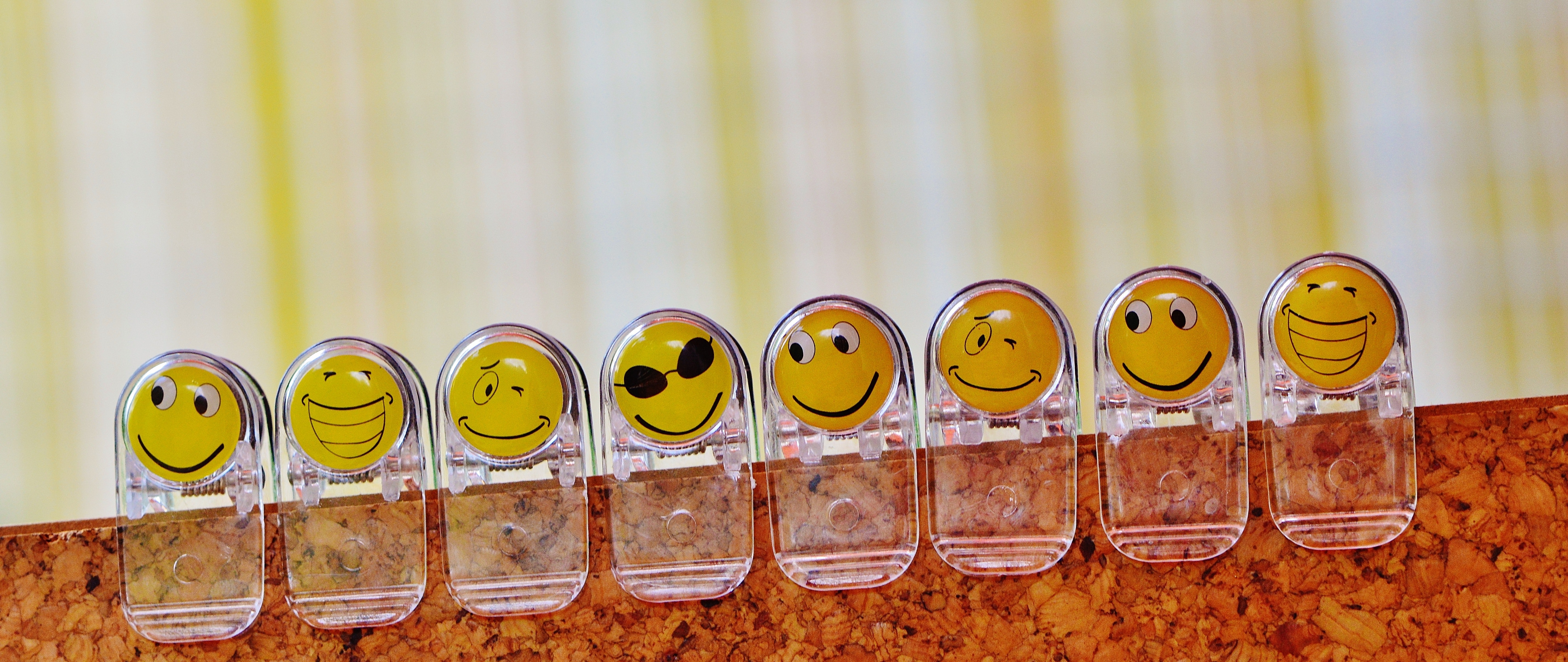
 So many times when we encounter a friend, loved one, or even an acquaintance we automatically ask “How are you?” as a habit of politeness. When the question is asked of us, the response is usually just and automatic – “Fine.” – But how do you REALLY feel today? Can you answer that question?
So many times when we encounter a friend, loved one, or even an acquaintance we automatically ask “How are you?” as a habit of politeness. When the question is asked of us, the response is usually just and automatic – “Fine.” – But how do you REALLY feel today? Can you answer that question?
